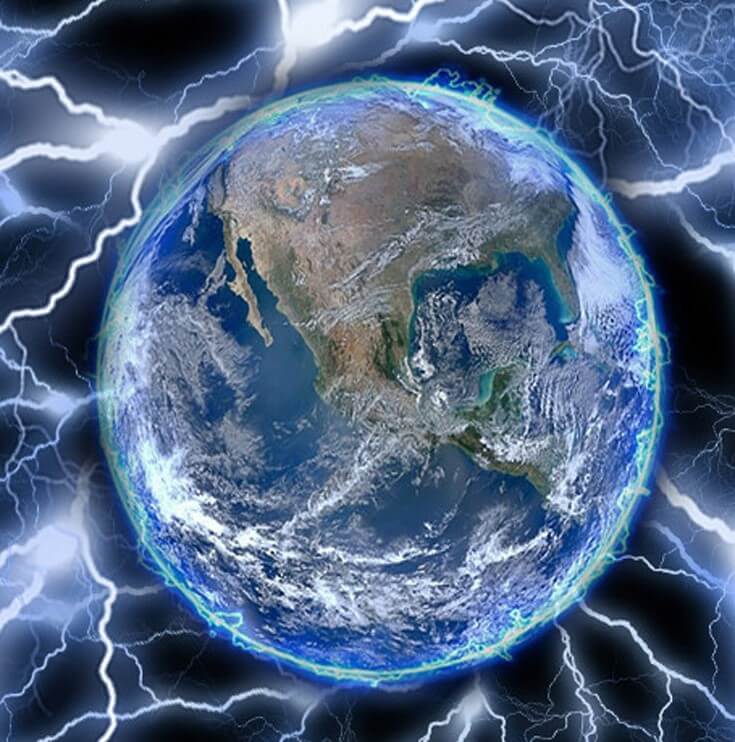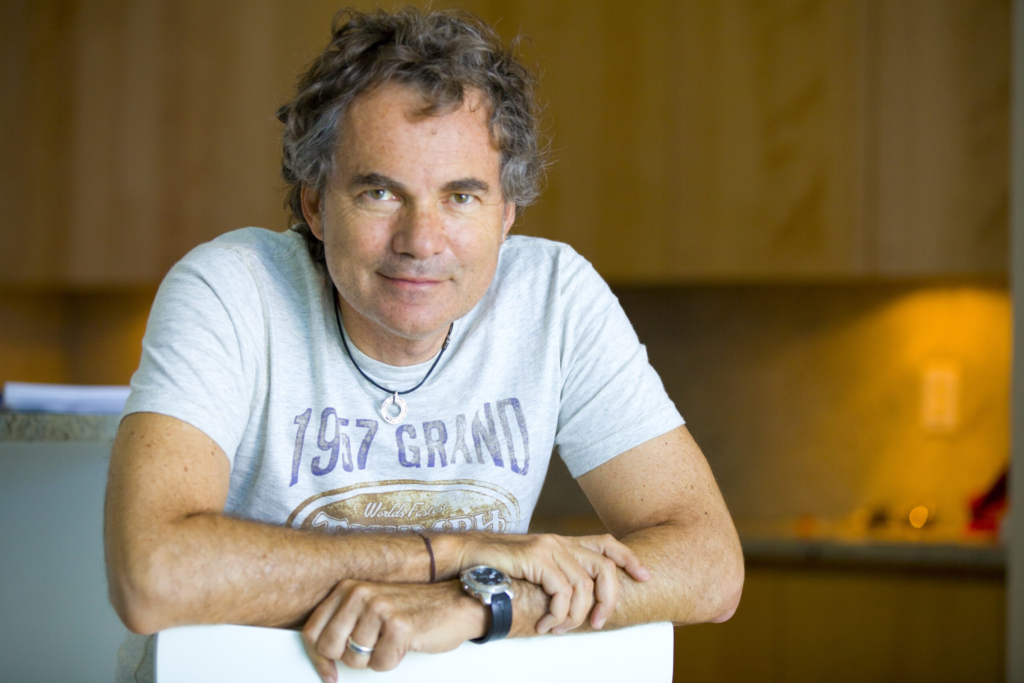Martin Varsavsky, a seasoned entrepreneur behind billion-dollar clean energy exits, says he’s lost faith in the renewable energy paradigm. Moshe Luz, director at Ivanpah, the world’s largest solar thermal power tower project in California’s Mojave Desert, believes just the opposite.
The post The Future of Energy: Nuclear Realism vs. Solar Idealism appeared first on Green Prophet.
Martin Varsavsky says he was wrong after peddling solar and millions. Nuclear is the way to go.
Martin Varsavsky, a seasoned entrepreneur behind billion-dollar clean energy exits, says he’s lost faith in the renewable energy paradigm. Moshe Luz, director at Ivanpah, the world’s largest solar thermal power tower project in California’s Mojave Desert, believes just the opposite.
This is more than a disagreement between two experts. It is a flashpoint in a global conversation about how we transition to a clean energy future—whether through sweeping centralized infrastructures or distributed, ecological innovations.
Varsavsky is a Spanish-Argentine entrepreneur known for founding several successful technology and infrastructure ventures, including in the renewable energy sector. He co-founded Eolia Renovables, a large-scale wind and solar power company in Spain, which was sold for €1.1 billion. After Eolia, he went on to co-found Barter Energy, which focused on solar energy communities and rooftop solar installations. Barter Energy was also successfully exited, with the sale announced in May 2025.
From the heights of Spain’s energy revolution, Varsavsky watched solar and wind power go from vision to reality—only to become, in his view, a cautionary tale. In his May 9th post on X, Varsavsky (after cashing out billions, no less) criticized the high environmental cost of large-scale renewables: olive groves uprooted, landscapes marred, ecosystems disrupted. He condemned the dependence on government subsidies, the inefficiency of intermittent sources, and the fragility of Europe’s energy grid.
To Varsavsky, rooftop solar paired with battery storage is the only renewable worth keeping. His newfound allegiance? New nuclear—compact, clean, and capable of delivering baseload power without scarring the Earth. Environmentalists know that nuclear is a dangerous path forward because the local and environmental risks are too great. The Fukushima disaster in Japan was only just in 2011!
He also blasts what he calls “climate alarmism”, suggesting that exaggerated doomsday predictions of the early 2000s justified energy policies that have “impoverished” Europeans while failing to significantly reduce emissions. Germany’s green push, he argues, has become an industrial suicide note. The same alarmism also caused suicide.
David Anthony, founder of 21Ventures, was a pioneering American investor in Israeli solar energy startups during the late 2000s, partnering with groups like the Quercus Trust to fund early-stage cleantech. He played a key role in shaping Israel’s solar innovation scene but tragically died by suicide in 2012 after what was reported as personal family trauma. His death came at a time when optimism around solar peaked—before global investment slowed and many early-stage companies struggled to scale amid policy uncertainty and falling technology costs. We interviewed David on Green Prophet and he gave us some great tips on how to find innovation to invest in before the rest step in.
But at Ivanpah, Moshe Luz sees a different story unfolding than Varsavsky.
In our recent Green Prophet interview, engineer Moshe Luz emphasized solar thermal’s promise not only for emissions reduction, but for empowering local resilience and economic opportunity. Luz doesn’t pretend Ivanpah is perfect—it has faced challenges, from initial bird mortality to integration issues—but he sees it as a living laboratory, showing how we can move toward decarbonization without waiting decades for nuclear fusion or succumbing to fossil fallback plans.
Where Varsavsky sees environmental destruction, Luz points to carefully managed desert ecosystems, job creation in rural areas, and the profound symbolism of powering millions of homes with focused beams of sunlight. He emphasizes hybrid systems, storage innovation, and smarter grid planning—not abandoning renewables, but evolving them. And government roles in supporting this evolution is important.
Varsavsky’s critique of large-scale renewables as land-hungry and subsidy-dependent is not new. Nor is his appeal to nuclear energy as a clean, scalable alternative. What’s striking is that someone who once built these systems is now disavowing them, adding weight to long-standing criticisms from environmentalists concerned about industrial-scale “green” projects that harm more than they help.
But to lump Ivanpah, or the global community solar movement, into the same basket as Spain’s bulldozed olive groves misses nuance. Ivanpah did not destroy forests. It sits in the Mojave, a place Luz argues is uniquely suited for solar concentration. Its storage and dispatch capabilities, evolving since launch, challenge the very “intermittency” Varsavsky condemns.
And while new nuclear has promise, it remains years away from scale, with unresolved issues around waste, cost, and political will. Even the smallest modular reactors are deeply controversial and the human and environmental cost can be catastrophic when systems fail.
Rather than pit nuclear against solar, or rooftop against grid-scale, what if we designed an energy ecosystem with layers?
Rooftop solar like Powerwall’s home backup reduce grid stress and democratize energy.
Large-scale renewables, thoughtfully deployed, can replace coal and gas at scale.
Next-generation nuclear, if and when it arrives, can fill in the baseload gaps.
The real danger isn’t solar or nuclear—it’s polarization, where each camp is so convinced of its own truth that collaboration becomes impossible.
Varsavsky ends his piece by urging a shift from fear-based policymaking to pragmatic energy design. It’s a sentiment Luz would likely echo. But where Varsavsky sees solar as the problem, Luz sees it as part of the solution. Both are right. Both are wrong. The future will likely need the sun, the atom, the battery, and the commonsense human decision-making.
The post The Future of Energy: Nuclear Realism vs. Solar Idealism appeared first on Green Prophet.
Recommended Story For You :

Bringing Dead Batteries Back To Life Is Simple!

SEPTIFIX to the Rescue! Say Goodbye to Problems and Hello to Savings

Ecomposing of Paper Towels Produce Methane Gas
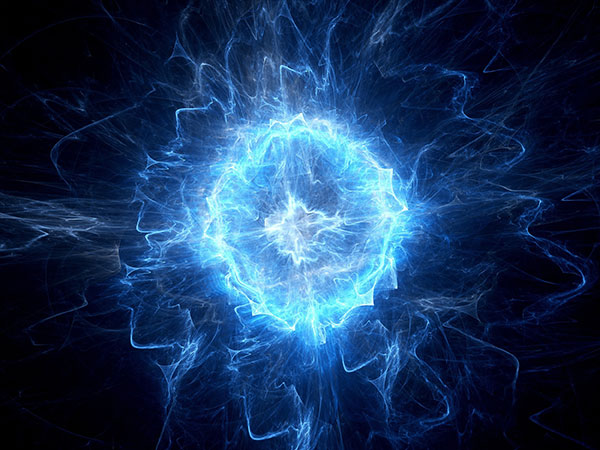
A Leading Cause Of Global Warming!
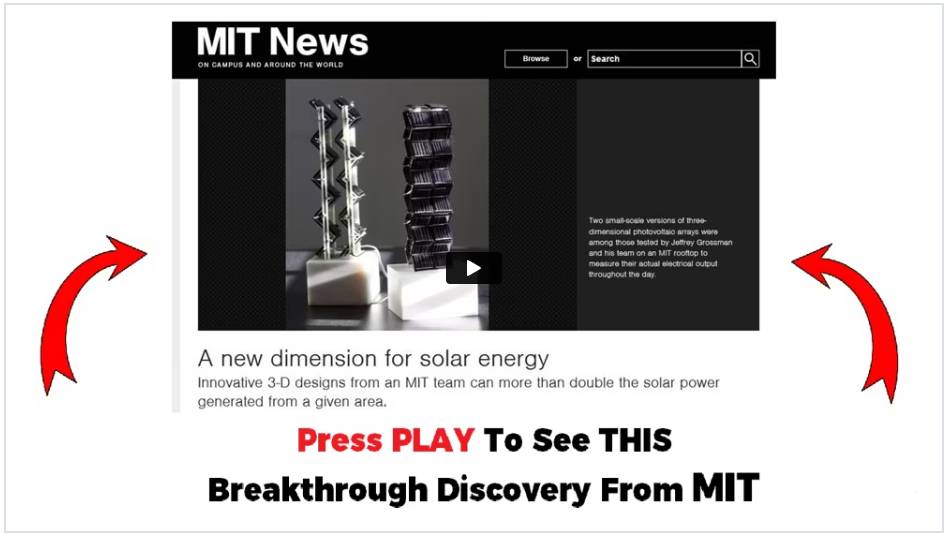
A cleaner world where energy is abundant essentially free
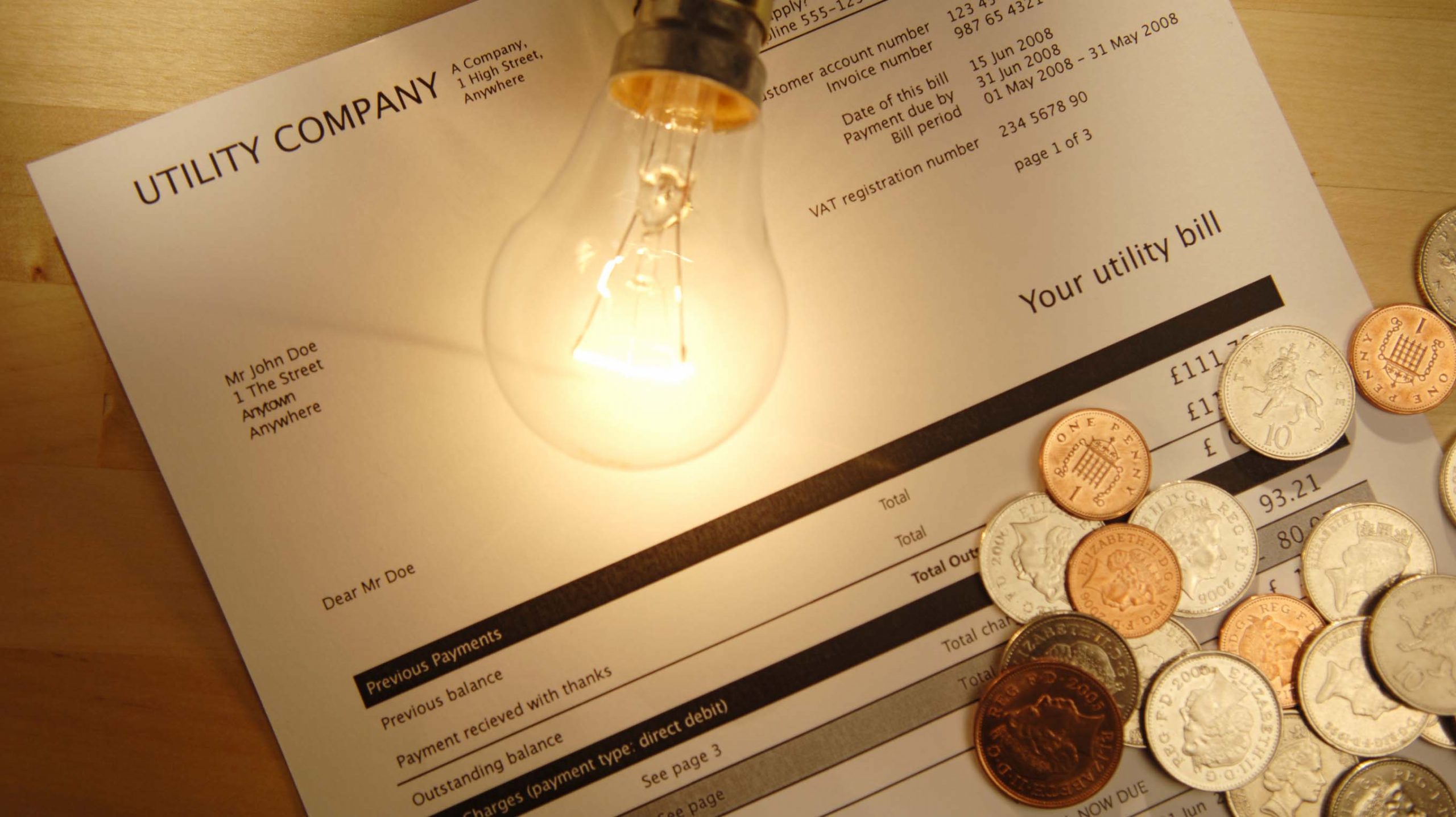
and sourced directly out of the inherent power of the space surrounding us.

MIT Discovery can cut power bills by 65%

Easy DIY Power Plan Will Change Our World Forever

Discover the World with Our Passionate Geography Teacher in Memphis!
